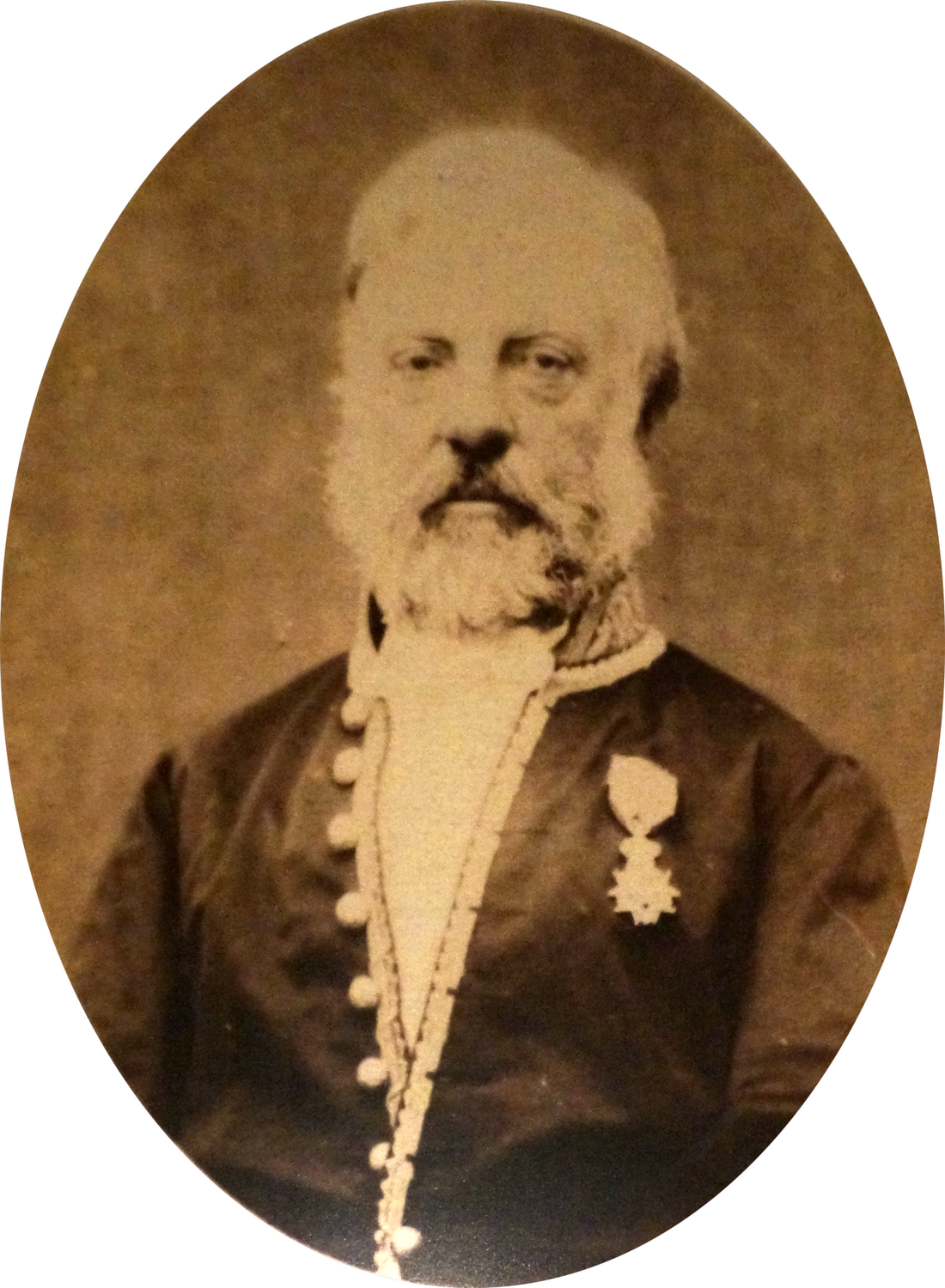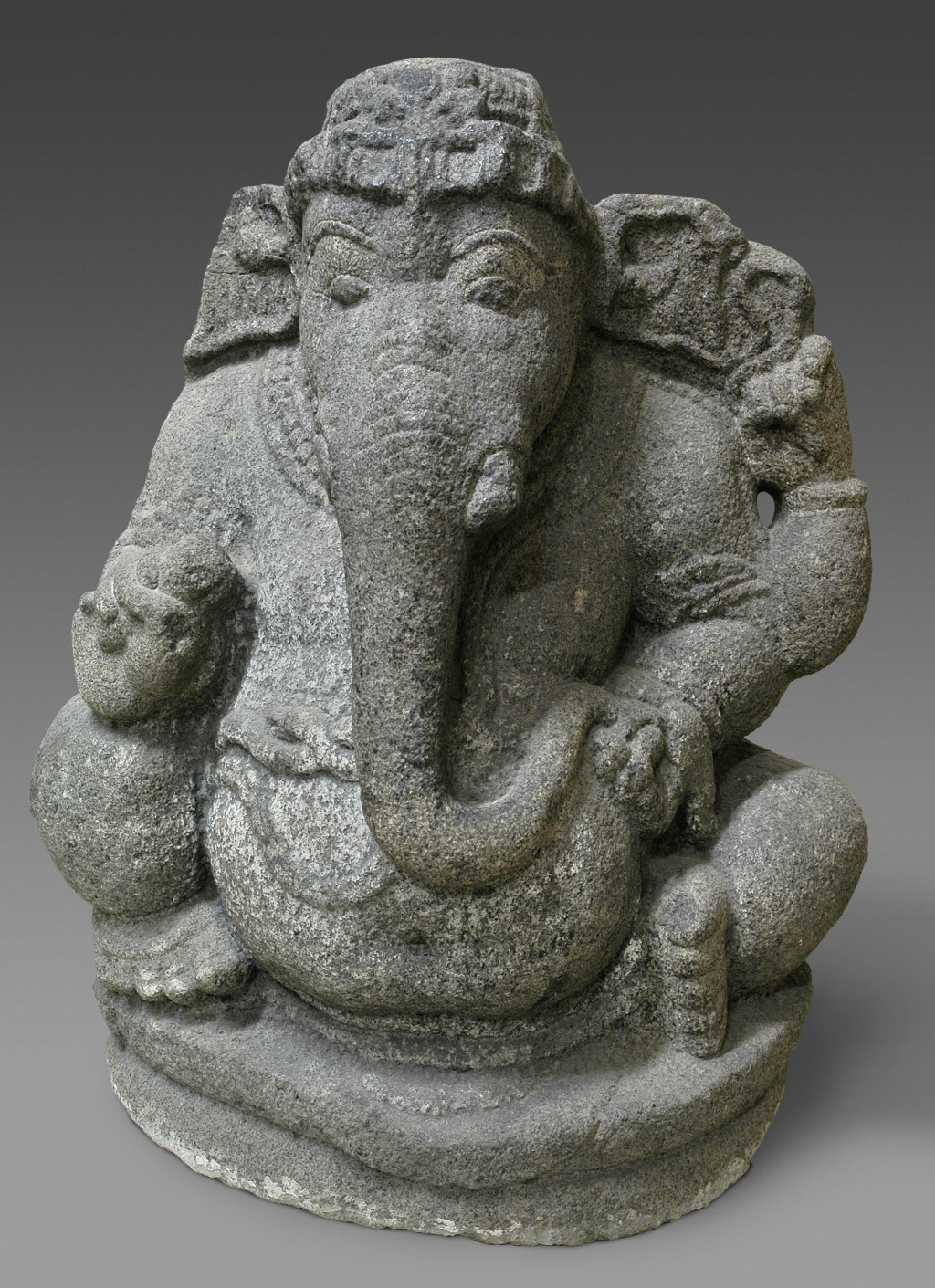
LAMAIRESSE Pierre-Eugène (EN)
Biographical Article
Pierre-Eugène Lamairesse, "Engineer and Orientalist", led a dual career, both scientific and literary, throughout his life. He was born on July 14, 1817 in Châlons-sur-Marne (currently Châlons-en-Champagne) and passed away in Marengo (present-day Hadjout), Algeria on April 17, 1898. After entering the École polytechnique in 1837 and joining the Corps of Engineers of the Ponts et Chaussées in 1842, Pierre-Eugène Lamairesse carried out successive missions in Haute-Saône in 1841, then in Sables-d’Olonne and Guéret in 1842. On August 26, 1843, he became a private (aspirant) and then became a second class engineer on October 20, 1845. He was assigned to Aubusson on July 1, 1846, and he moved from Châteauroux and Limoges to Argenton on August 1 of the same year, then Nantua on the 1 April 1847 before being sent to work on the irrigation of the river Ain on January 1, 1849, where he returned in 1852 to study the problem of the desiccation of ponds in the Dombes. Joining the hydraulic service of the Jura on April 1, 1854, he then worked in Lons-le-Saunier. After being named first class engineer on December 1, 1857, he was put in charge of the Doubs floods in Saône-et-Loire on February 1, 1858, then the Jura on October 16, 1858. Thereafter, his career took an international turn as he was deployed to various countries, including India and Algeria. From 1860 to 1866, he worked as chief engineer at the “French Establishments in India” (“Établissements français dans l’Inde"). After being transferred to the Ponts et Chaussées in Pondicherry (Tamilnadu, southern India) on April 1, 1860, he assumed the title of acting chief engineer on January 1, 1862, obtained the Legion d’honneur on August 13, 1863, and then became the second class chief engineer on August 26, 1865. He primarily dealt with irrigation and dams: the construction of the Ariancoupom Bridge (rebuilt numerous times following floods), transport of drinking water from Moutrapaléom in Pondicherry, and the directorate of public works in Karikal. Following a brief return to France on January 27, 1867 (where he directed studies on the Monts du Jura basin on March 26, 1867), he soon asked to leave, this time to Algeria (Tenez) on September 1, 1867. Named first class chief engineer on January 12, 1874, he moved to Philippeville on August 1, 1874, before retiring on August 16, 1878 (administrative file EE 1193/2 Archives d’outre-mer).
As an enthusiastic and diligent civil servant, he was considered as gentle, shy, sensitive and sometimes whimsical by his superiors, but all agreed that he had a strong sense of culture and a great knowledge of languages (AN F/14/2254/2). He knew several living European languages as well as Greek and Latin. During his stay in southern India, Lamairesse embarked on learning the Tamil language and, on his return to France, devoted himself to writing literary and scientific works on poetry, popular songs and oriental religions. He took a particular interest in the Kamasutra, but also published works on the Buddha and his life. According to specialists of the time (Vinson J., 1885, p. 50-51), it is unlikely that Lamairesse actually translated these texts; the translations would most likely be second-hand and therefore defective. However, the body of work of his work as a whole testifies to a keen interest in Indian civilisation. Alongside this literature, he also published scientific works on the subject of irrigation, special construction processes in Pondicherry, and hydraulic studies on India. His work on the canals and dams allowed him to obtain several statues as donations since the inhabitants of the countryside believed that it was in their interest to conciliate him. He could therefore take advantage of their turning a blind eye to these statues’ removal. He claimed to have only brought back statues that had been desecrated by the Muslims at the time of the Muslim conquest and which the villagers had transported to the countryside in order to bury. Other statues would come from temples located in Karikal, in villages converted to Christianity that made no opposition to their removal. He brought back these statues to France and unsuccessfully tried to sell them during the Colonial Exhibition of 1867 (then a second time at the Universal Exhibition of 1878, at the colonial pavilion), before offering them to the museum of the City of Châlons-en-Champagne, his place of birth - except for one piece, a “monumental Buddha,” that he offered in exchange for transport to a shipowner who wanted to give it to the City of Bordeaux to display in the public garden. This Buddha was probably never given; in exchange he would have offered a statue representing Vishnu of which he had another copy. This work is in the collections of the Musée des Arts décoratifs et du Design (madd) of Bordeaux, where it returned to in 2019 after more than 60 years in storage at the Musée Guimet. Unfortunately, this is only a hypothesis because the meagre details mentioned in the inventories of the madd about the arrival of the statue of Vishnu in their collections do not allow certain verification that it is indeed the statue brought back by Pierre-Eugène Lamairesse. However, the striking similarity between the statue in Bordeaux and the Surya of Châlons-en-Champagne does suggest the two works’ contemporaneity, a shared provenance, and perhaps even the same sculptor's hand, which would support our supposition. Pierre-Eugène Lamairesse's interest in India was not exclusive and, shortly after his return, he set off again, this time to Algeria where he remained until the end of his days. He went on to publish several texts on Islamic theology and his interest in the history of religions also led him to study Japan, China and Tibet, without ever traveling there.

Domaine public / CC BY-SA 3.0
The Collection
The Indian collection donated by Pierre-Eugène Lamairesse to his hometown, Châlons-sur-Marne (currently Châlons-en-Champagne), is made up of 22 statues and bas-reliefs. Among them are a monumental sculpture in the round representing the Buddha seated in meditation (granite, 13th century), 17 statues in the round, and 4 reliefs (granite, 14th-17th centuries) representing various Hindu deities.

Domaine public / CC BY-SA 3.0
Related articles
Collection / collection d'une personne


